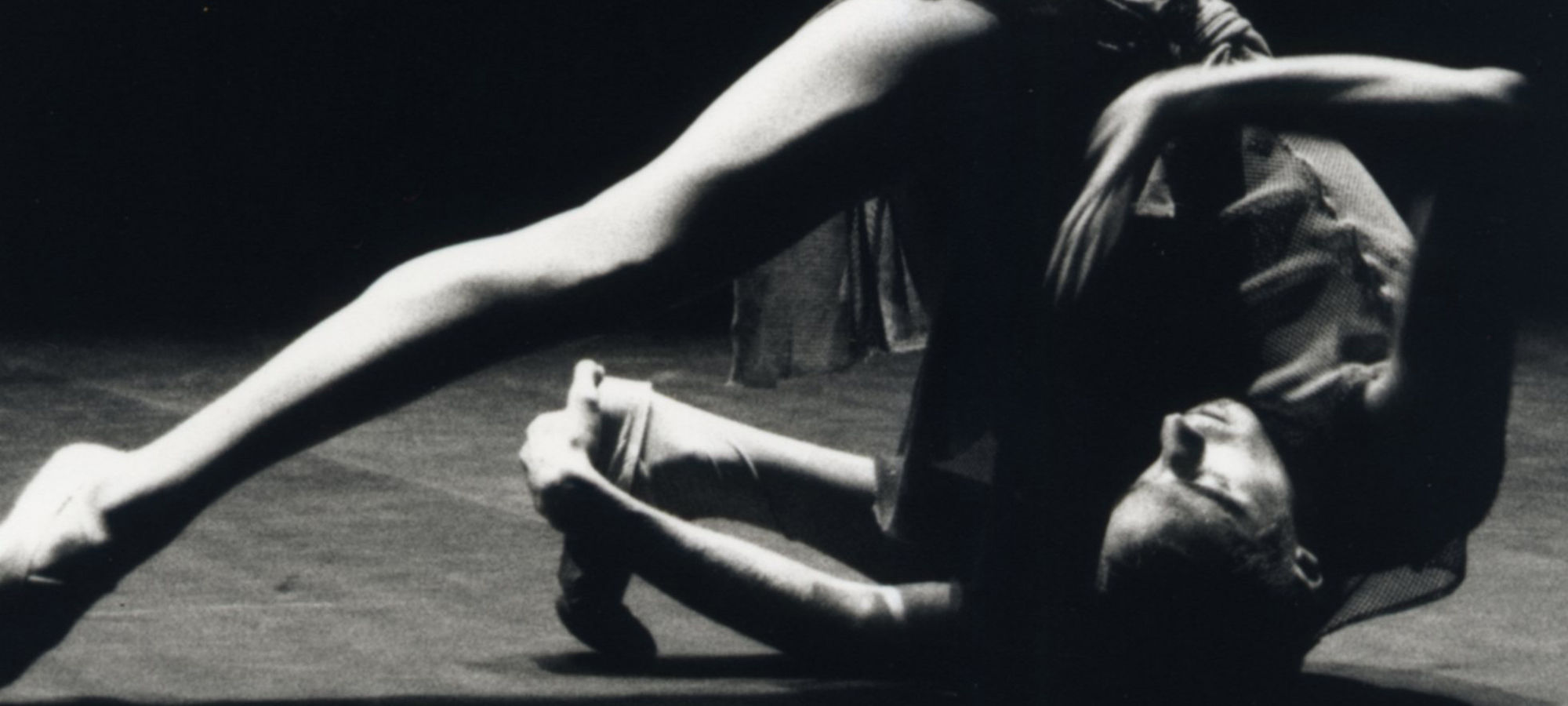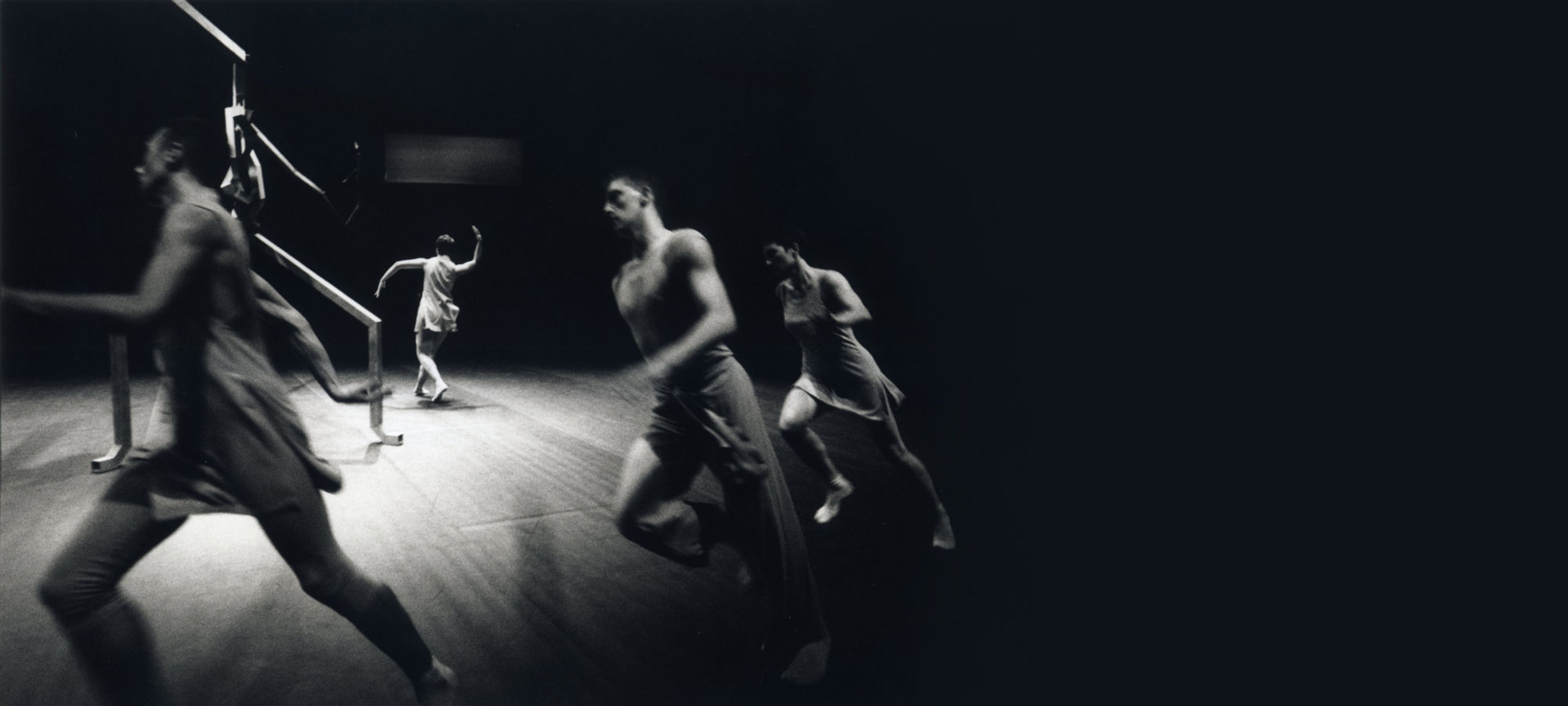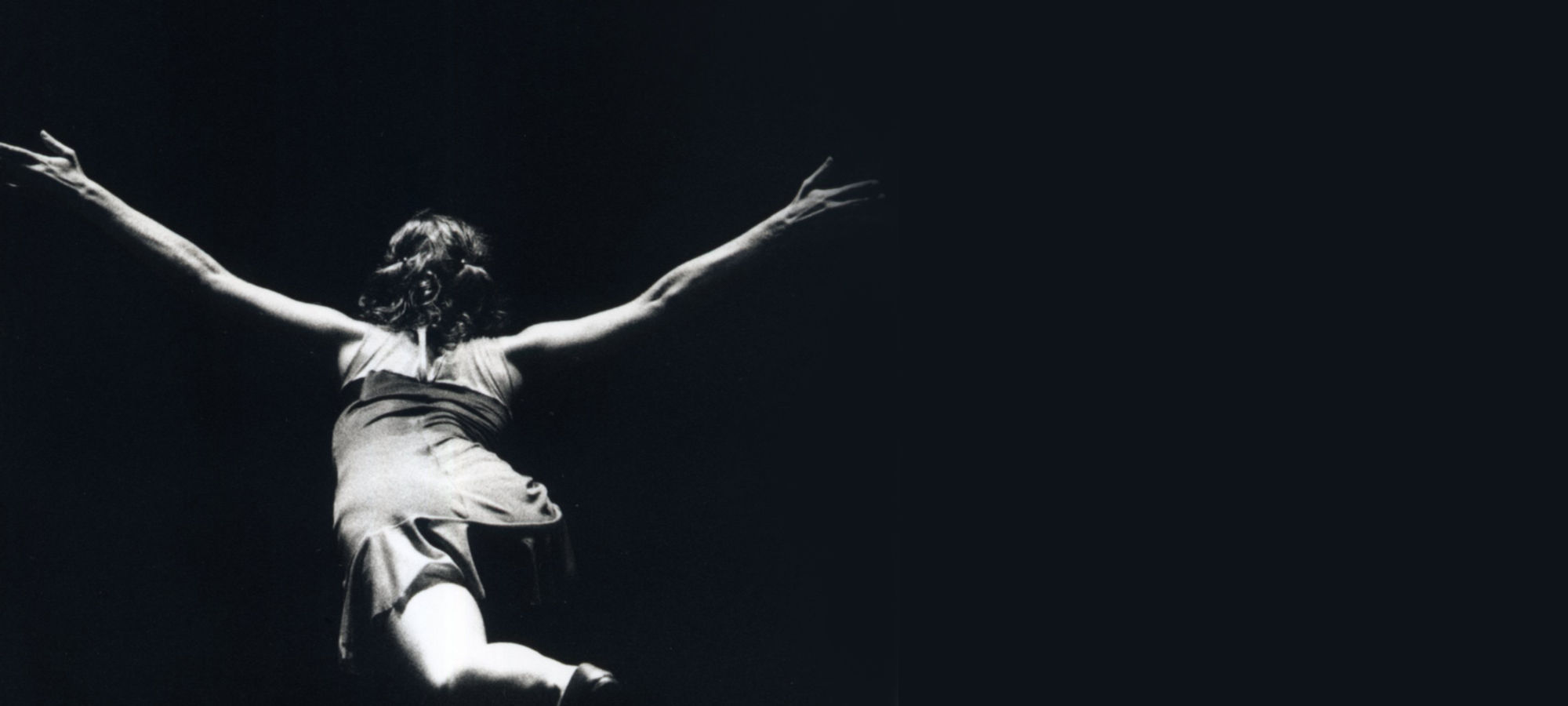
The Paradox of the Woman-Fish
"Marseille was founded, give or take a few hundred years (but from our vantage point, what’s the difference!), around the time Homer first wrote about his famous mermaids. As chance would have it, like these mermaids, familiar images of voluptuousness, the city stretches out, lascivious despite the agitation of its arteries, pressed against massive white limestone, with a thin line in the distance stretched between ultramarine and azure. Like these mermaids, it seduces and promises much…
Its long history of capricious independence comes from its geographic location: its coastline spreads out generously and is separated from the continental world by a string of hills. The resulting isolation undoubtedly determines its arrogance, a character trait that is the basis for its unpleasant reputation, which still exists. However, if Marseille fuels excessive preconceptions, it also stimulates the imagination and creativity: it is painted, written and sung about…
Everything here is a heterogeneous patchwork: a port city where anonymity is a corollary of diversity. And yet, the original welcome addressed by a native, Gyptis, to a foreign navigator, Protis, converts to fear following successive tides of immigration. Haunted by its birth, Marseille appears both proud and ashamed of its personal wealth, and in that resembles the creative artist constantly torn by doubt and self-affirmation: in short, a bejeweled demon. This is the paradox of the woman-fish.
And let’s not forget the accented language of arms made from spirals and stretches, or the portrait of a mermaid absorbed by the steady rectilinear motion of a ship sailing away: a point moving on an infinite line.
The term horizon only reveals its true meaning in front of the sea.”
Michel Kelemenis
Echos
Le Progrès David S. Tran
sept.1998
The south is characterized first by sound : of cicadas upon entering the room, then foghorns and whispers. The soundtrack doesn’t tell a story : it provides atmosphere and background. Once the obligatory postcards are disposed of (sea, boat) we get back to the essentials : dance, an extremely pure and mature dance. A beautiful grammar of the senses, that, by circular movements admirably performed, immerses us in sensations of fluidity, gentleness and languor.
And then comes the city, Marseille, with colored neon lights, the port city, the metropolis with people in a hurry. The dancers cross the stage, crisscross each other, cluster together and separate. This chapter is more familiar, but the memory of the 1st episode endures, a key episode in the journey to the ends of the Mediterranean, an intimate nocturne.
La Provence Patrick Merle
sept.1998
From the beginning, the viewer is struck by a mobile sculpture in metal holding an ancient galley painted red, a captivating and twirling element by Benoit Petit.
The show is peppered with surprises, like the beautifully rich and varied music and sound effects by Christian Zanési ; the costumes by Kenzo Takada explode with color and forms. But the important thing is the dance : a velvety, oriental-sounding ballet between a trio of sirens and a quartet of gray-white sailors from Marseille. A lot of movements create an allegory of marriage between Protis and Gyptis. Several inventive gestures punctuate the accomplished writing : subtle touches of humor alternate with moments of peace and gentleness, all punctuated by the tide and the surf. Feminine and masculine, Marseille reveals itself in a prism of respectability or mischievousness, without clichés, thanks to these snapshots from someone like Kelemenis whose eye seems focused on his city.




